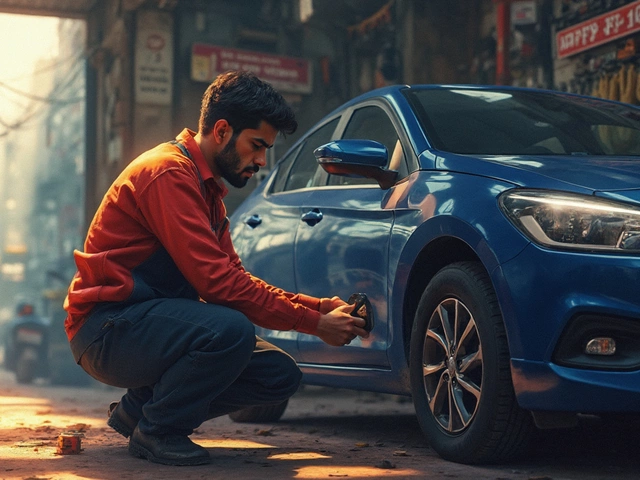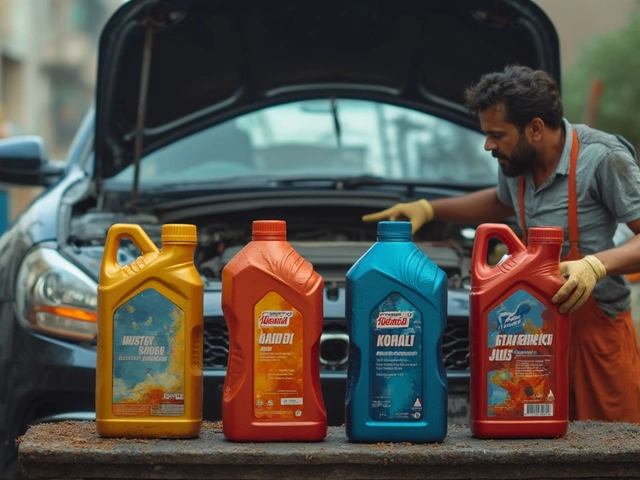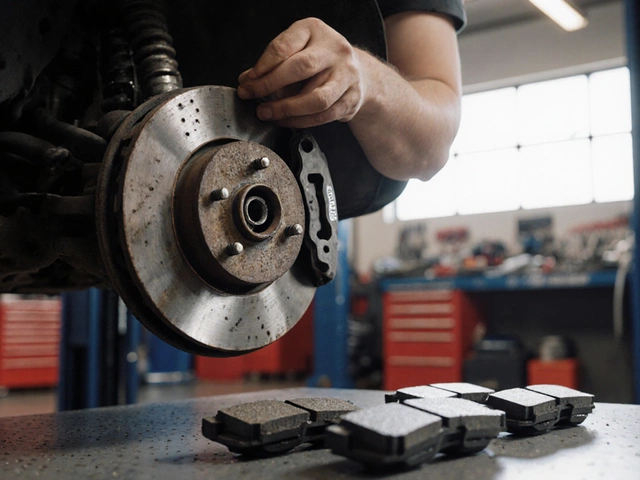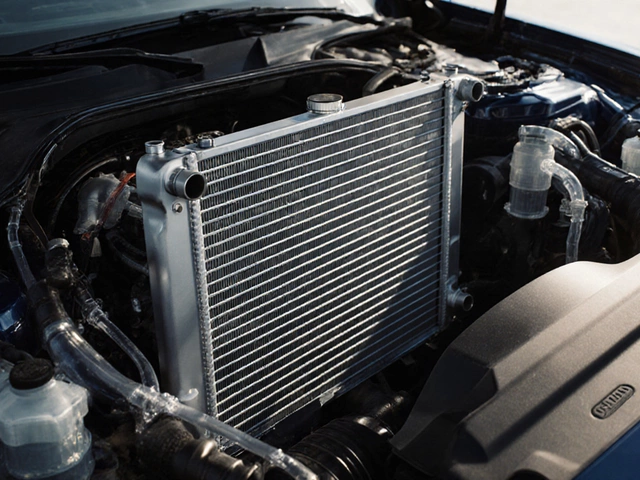
Clutch Kit: Signs of Failure, Replacement Costs, and What You Need to Know
When your clutch kit, a set of components that connects your engine to the transmission, allowing you to shift gears smoothly. Also known as clutch assembly, it’s one of the most abused parts in a manual car. If you’re hearing grinding, feeling slippage, or noticing the pedal feels weird, your clutch kit is sending you a signal—don’t ignore it.
A burnt clutch, a damaged clutch disc caused by overheating from riding the pedal or aggressive driving doesn’t just make driving annoying—it can leave you stranded. In India, where traffic jams and stop-start driving are daily, clutch kits wear out faster than you think. Most last 80,000 to 120,000 km, but poor habits can cut that in half. The clutch replacement, the full process of removing the old kit and installing a new one, often involving flywheel inspection isn’t just about swapping parts. It’s about checking the flywheel, release bearing, and pressure plate—all part of the same system. Skip one, and the new clutch fails early.
How do you know it’s time? A slipping clutch means the engine revs but the car doesn’t accelerate. A spongy or high pedal, strange smells like burning friction material, or difficulty shifting gears are all red flags. You might even hear a grinding noise when you press the pedal. These aren’t myths—they’re real symptoms documented by mechanics across Delhi, Mumbai, and Bangalore. And if you’ve been told your clutch is "just worn" but you’re still getting poor fuel economy or jerky takeoffs, you’re probably being sold a partial fix.
The clutch kit replacement time, how long a professional mechanic takes to swap out the entire clutch assembly usually runs between 4 to 8 hours. Why so long? Because it’s not just pulling the gearbox. You need to support the engine, drain fluid, disconnect linkages, and often resurface or replace the flywheel. DIYers? Plan for 6 to 10 hours. It’s not a weekend project—it’s a full-day job with real consequences if done wrong.
And cost? In 2025, a clutch kit alone can run from ₹8,000 to ₹25,000 depending on your car. Labor adds another ₹5,000 to ₹12,000. But here’s the catch: if your flywheel is cracked or warped, you’ll pay more. Many shops try to upsell you on a new flywheel when it’s not needed. Know the signs. A smooth, even surface? Reuse it. Grooves, heat cracks, or bluing? Replace it. Don’t let a mechanic take advantage of your lack of info.
This page pulls together everything you need: real stories from Indian drivers who ignored the signs, exact cost breakdowns for popular models like the Swift, Innova, and XUV700, and clear guidance on whether you can delay the repair—or if your car’s already on its last leg. You’ll find out why some people replace their clutch kit every 50,000 km while others make it past 150,000 km. It’s not luck. It’s technique. And you’re about to learn it.
-
20 Nov

-
17 Nov

Is Replacing a Clutch Easy? A Realistic Guide for Car Owners
Replacing a clutch isn't easy, but it's doable with the right tools and experience. Learn what's in a clutch kit, how long it takes, and when to leave it to a pro. -
23 Oct

Does clutch kicking ruin your clutch? - What you need to know
Discover how clutch kicking affects clutch wear, the signs of damage, and practical tips to protect your clutch kit. Learn when to replace parts and how to drive smoother. -
8 Oct
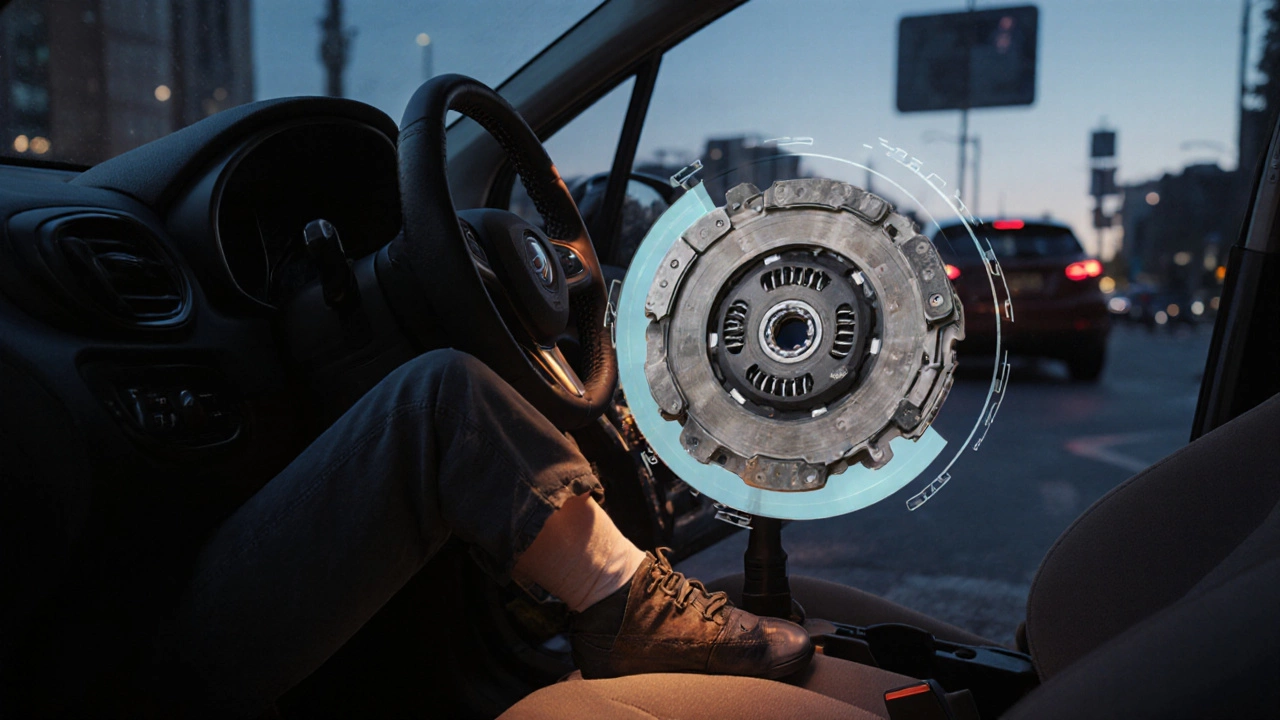
Do I Need a New Clutch Kit? Signs, Checks, and Costs
Learn the signs that your vehicle needs a new clutch kit, how to inspect it yourself, what a kit includes, costs in the UK and when to DIY or seek a professional. -
19 Mar

Replacing a Clutch: What You Should Change Too
Replacing a clutch involves more than just swapping out old for new. To ensure your vehicle runs smoothly, there are other crucial parts to consider changing. From the flywheel to the release bearing, knowing what else to replace can save you time and money in the long run. Discover the components that usually need attention during a clutch replacement. -
25 Feb

Understanding a Stage 2 Clutch Kit: What Does It Really Do?
A Stage 2 clutch kit offers enhanced power handling for enthusiasts seeking more punch from their ride. It's designed to handle increased torque and horsepower, making it a favorite in the racing community. Though similar in function to basic clutches, it provides more grip, durability, and can improve performance in modified vehicles. This article breaks down what a Stage 2 clutch kit does, why you might need one, and offers tips on choosing and maintaining your clutch.
